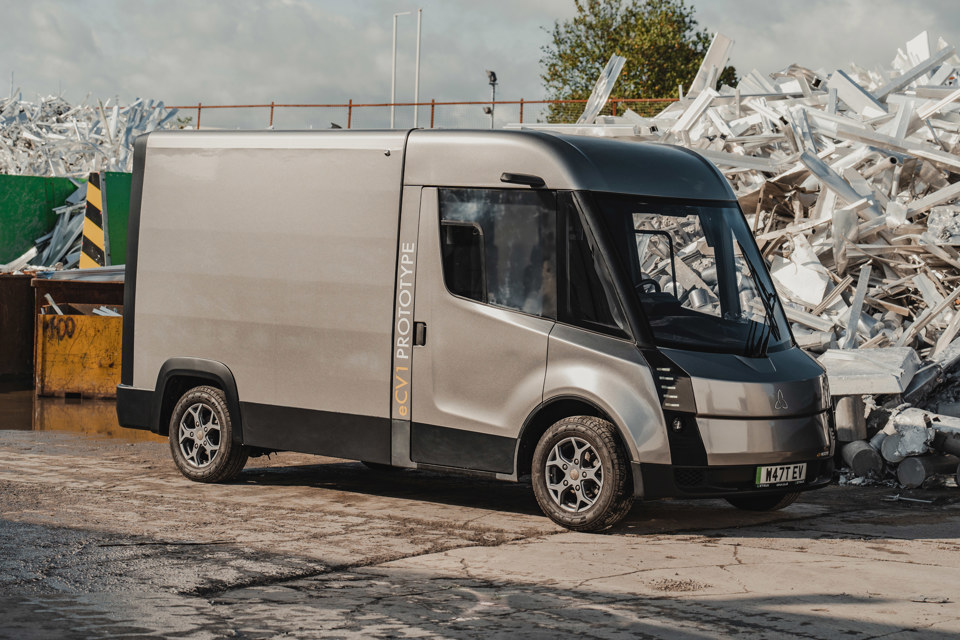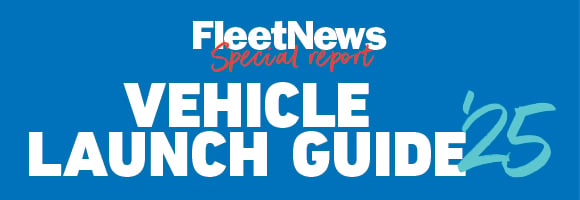Watt Electric Vehicle Company (WEVC) has partnered with a leading aluminium and energy company to reduce production emissions of its new electric light van.
Working with Hydro, WEVC will explore the use of certified recycled and low-carbon aluminium to produce bespoke patented extrusions for its eCV1 LCV, which minimise carbon footprint.
Hydro’s low-carbon aluminium carries a CO2 footprint of 4.0kg per tonne compared to a world average of 167kg.
Neil Yates, CEO of WEVC, said: “Forming a development partnership with Hydro allows us to together make sure the new alloys have all the right strength and durability attributes and the lowest possible manufacturing emissions while considering the entire supply chain.
“Together we can deliver upon multiple sustainability opportunities that come from fully embracing the circular economy.”
WEVC says the UK-designed, engineered and built eCV1 has attracted strong interest from blue-chip companies.
It says the vehicle – the first product from WEVC – is designed for production of 5,000 vehicles per annum and combines low lifecycle emissions, light kerb weight, efficient energy use and large payload capabilities, with the use of lightweight aluminium playing an important role in all those attributes.
The eCV1 prototype has a kerbweight from 1,750kg.
Its chassis is based on the company’s proprietary PACES architecture, a lightweight aluminium platform which was developed to support commercial vehicle manufacturers, specialist vehicle converters and fleet operators. It will be offered with standard wheelbase lengths but WEVC would also be able to cater for bespoke requirements.
The eCV1 will be offered with a 20-year warranty and can be recycled at end-of-life. WEVC has designed the van to be updated twice over its working life with, for example, new drivetrain, replacement seats, new battery and trim upgrades. Battery outputs will be 50kWh and 100kWh giving range of up to 235 miles (or around 140 miles for the smaller battery). AC charging will be 22kW; DC is yet to be announced.
Real-world testing started earlier this year as the engineering programme builds towards full design verification test sign-off and start of production in 2025.





















Login to comment
Comments
No comments have been made yet.